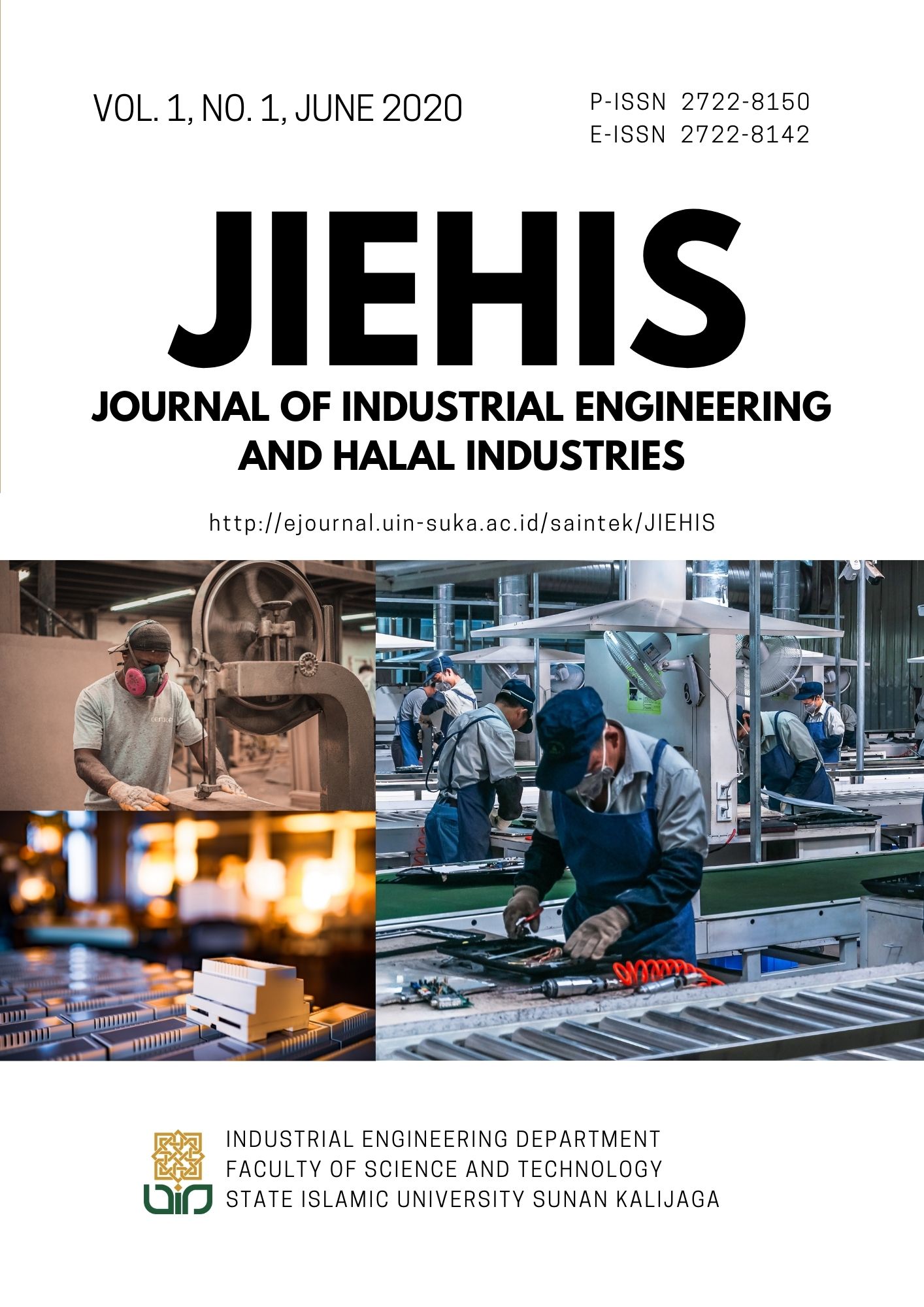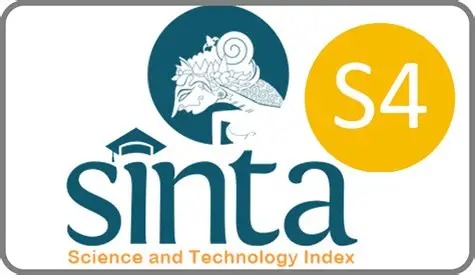ANALYSIS RISK MAPPING OF BATIK KARAWANG DISTRIBUTION TO EXPAND DISTRIBUTION COVERAGE
DOI:
https://doi.org/10.14421/jiehis.1864Abstract
Tourism is a resource that can be developed in Indonesia because it has a positive impact on economic growth both locally and nationally which can increase regional income so that local community empowerment and poverty alleviation can be done. One of the efforts in developing the local economy is by making regional superior products such as the development of batik that has been internationally recognized by UNESCO as Indonesia's cultural heritage. Karawang has distinctive batik and is different from batik from other regions, so this batik is admired by the Karawang community itself. The distribution of Karawang batik still has many obstacles both in terms of regional conditions, the number of craftsmen and branding that are not yet strong. This research focuses on re-mapping the flow of Karawang batik distribution with reference to risk management. This research is very important to improve the flow distribution of Karawang batik, so that it will make the distribution coverage of this batik even wider. This study uses a mapping method distribution flow, taking into account the risk management. The risk management itself uses a Risk Register map, so that the risk exposure from Karawang batik will be increasingly clear and is expected to make mitigation and minimize risk. After conducting a causal analysis and risk map, several proposals were extended to expand the scope of marketing, including the Religious Community, the Government Organizations, Banking Companies, Private Companies, Motor and Car Commodities. The proposal is expected to be implemented and have a positive influence. Furthermore, it will be monitored once a year to see the changes
<
Keyword: batik karawang; causal analysis; risk register map
References
Tsing, A. (2016). What is emerging? Supply chains and the remaking of Asia. The Professional Geographer, 68(2), 330-337.
Allen, M. R., & Smith, L. A. (1997). Optimal filtering in singular spectrum analysis. Physics letters A, 234(6), 419-428.
Cowen, D. (2014). The deadly life of logistics: Mapping violence in global trade. U of Minnesota Press.
Chua, C., Danyluk, M., Cowen, D., & Khalili, L. (2018). Introduction: Turbulent circulation: Building a critical engagement with logistics. Environment and Planning D: Society and Space, 36(4), 617-629.
Naylor, J. C., Pritchard, R. D., & Ilgen, D. R. (2013). A theory of behavior in organizations. Academic Press.
Bielawski, R. (1971). Biedronki (Coleoptera, Coccinellidae) Bieszczadów. Fragmenta faunistica.
Allen, R., & Garlan, D. (1997). A formal basis for architectural connection. ACM Transactions onSoftware Engineering and Methodology (TOSEM), 6(3), 213-249.
Holmes, J. (2011). Land tenures as policy instruments: transitions on Cape York Peninsula. Geographical Research, 49(2), 217-233.
Patterson, F. D., & Neailey, K. (2002). A risk register database system to aid the management of project risk. International Journal of Project Management, 20(5), 365-374.
Downloads
Additional Files
Published
How to Cite
Issue
Section
License
Copyright (c) 2020 Journal of Industrial Engineering and Halal Industries (JIEHIS)

This work is licensed under a Creative Commons Attribution-ShareAlike 4.0 International License.
(c) The Author(s). This article is distributed under a Creative Commons Attribution-ShareAlike 4.0 International License.






